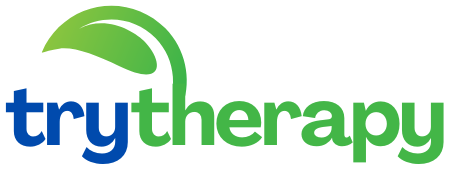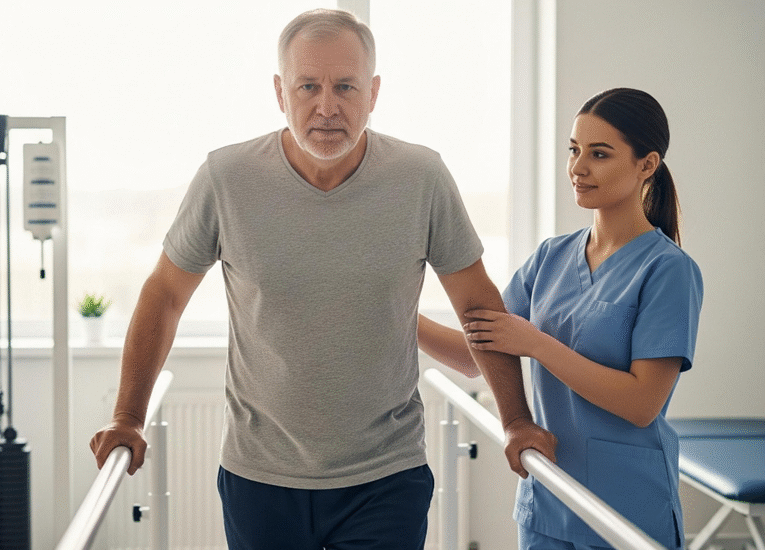Stroke recovery is a challenging but hopeful process. Learn about effective rehabilitation strategies, emotional support, and lifestyle adjustments that can help survivors regain independence. When my grandfather had his stroke, our family was thrown into unfamiliar territory. One moment he was laughing at the dinner table; the next, he was struggling to form words, his right side suddenly weak. In the hospital, the doctors explained that recovery would be a marathon, not a sprint. What they didn’t tell us was how much hope there could be in that journey if we knew where to look.
Stroke recovery is deeply personal, with each survivor facing unique challenges. But whether dealing with physical limitations, speech difficulties, or emotional adjustments, understanding the recovery process can make all the difference. Here’s what I wish we had known from the beginning.
The Critical First Steps in Recovery
The early days after a stroke are crucial. Medical professionals focus on stabilizing the patient and preventing further damage, but rehabilitation often begins surprisingly quickly sometimes within 24 to 48 hours. Early movement, even passive exercises done with assistance, helps stimulate neuroplasticity, the brain’s remarkable ability to rewire itself.
Physical therapy initially focuses on relearning basic movements, while occupational therapy helps with daily tasks like dressing and eating. Speech-language pathologists work with those struggling with communication or swallowing. The intensity of this early rehab often determines long-term outcomes, which is why consistent effort matters, even when progress feels slow.
The Long Road of Rehabilitation
After hospital discharge, recovery continues through outpatient therapy or home-based programs. This phase requires patience, improvements may come in small bursts rather than steady progress. Some survivors experience spontaneous recovery in the first few months as swelling decreases and brain function improves. Others develop compensatory strategies, finding new ways to accomplish tasks when full recovery isn’t possible.
Physical therapy evolves to address balance, coordination, and strength. Occupational therapy shifts toward regaining independence in more complex activities. Speech therapy may focus on cognitive skills like memory and problem-solving, not just verbal communication. The best outcomes come from tailored, consistent therapy combined with at-home practice.
The Emotional Impact of Stroke Recovery
Physical challenges are only part of the story. Many stroke survivors experience depression, anxiety, or frustration as they adjust to their new reality. Personality changes can occur, leaving family members feeling like they’re dealing with a different person. Emotional recovery is just as important as physical healing.
Support groups, whether in-person or online, provide invaluable connection with others who understand the journey. Counseling helps survivors process their experience while teaching coping strategies. For caregivers, respite care and their own support networks are essential, you can’t pour from an empty cup.
Lifestyle Adjustments for Continued Progress
Recovery doesn’t end when formal therapy does. Lifestyle choices significantly impact long-term outcomes. A heart-healthy diet helps prevent recurrent strokes. Gentle exercise like walking or water therapy maintains mobility. Cognitive activities like reading, puzzles, or learning new skills to keep the brain engaged. Stroke recovery reshapes lives in profound ways, for survivors and their loved ones. While the road is challenging, with the right support and resources, there is always room for hope and progress. Every small step forward is a testament to resilience and the incredible capacity of the human brain and spirit to adapt and heal. Home modifications promote independence and safety: grab bars in bathrooms, ramps instead of stairs, and adaptive utensils for easier eating. Technology also helps, with apps for speech practice and devices that assist with daily tasks.
Celebrating Progress, However Small

In stroke recovery, milestones that once seemed insignificant become victories worth celebrating, the first time gripping a cup independently, forming a complete sentence, or walking to the mailbox. These moments fuel motivation when the path feels long.
Recovery timelines vary widely. Some see improvements for years after their stroke. While full recovery isn’t always possible, increased independence and quality of life are achievable goals. The key is persistence, support, and believing in the possibility of progress, even on the hardest days.
References
Johns Hopkins Medicine. (n.d.). Stroke recovery timeline. https://www.hopkinsmedicine.org/health/conditions-and-diseases/stroke/stroke-recovery-timeline
Temple Health. (2024, May 21). The road to recovery after a stroke. https://www.templehealth.org/about/blog/the-road-to-recovery-after-a-stroke
Royal Buckinghamshire Hospital. (2025, March 6). 7 stages of stroke recovery. https://www.royalbucks.co.uk/news/7-stages-of-stroke-recovery/
HealthPartners. (n.d.). Stroke recovery timeline: What to expect. https://www.healthpartners.com/blog/stroke-recovery-timeline/
Aviv Clinics. (2025, February 10). The 5 support stages of your stroke recovery timeline.

